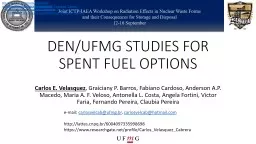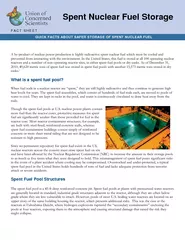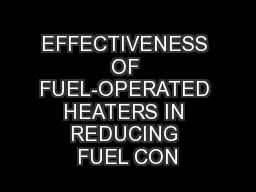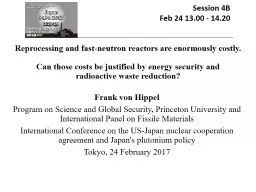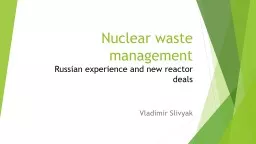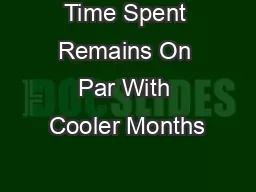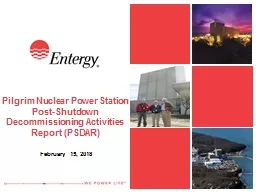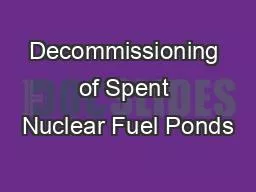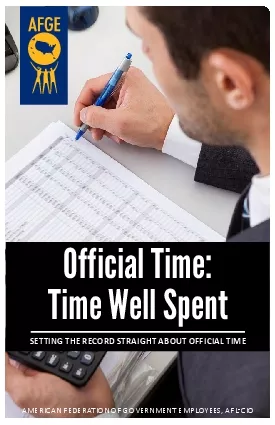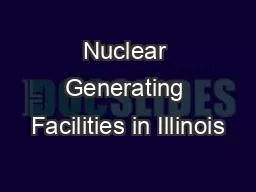PPT-DEN/UFMG STUDIES FOR SPENT FUEL OPTIONS
Author : yoshiko-marsland | Published Date : 2019-06-22
Carlos E Velasquez Graiciany P Barros Fabiano Cardoso Anderson AP Macedo Maria A F Veloso Antonella L Costa Angela Fortini Victor Faria Fernando Pereira Claubia
Presentation Embed Code
Download Presentation
Download Presentation The PPT/PDF document "DEN/UFMG STUDIES FOR SPENT FUEL OPTIONS" is the property of its rightful owner. Permission is granted to download and print the materials on this website for personal, non-commercial use only, and to display it on your personal computer provided you do not modify the materials and that you retain all copyright notices contained in the materials. By downloading content from our website, you accept the terms of this agreement.
DEN/UFMG STUDIES FOR SPENT FUEL OPTIONS: Transcript
Download Rules Of Document
"DEN/UFMG STUDIES FOR SPENT FUEL OPTIONS"The content belongs to its owner. You may download and print it for personal use, without modification, and keep all copyright notices. By downloading, you agree to these terms.
Related Documents

